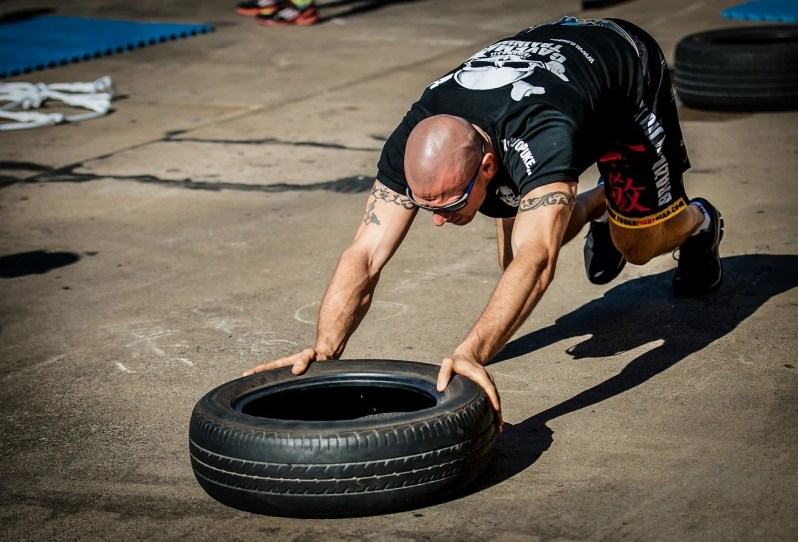
If you’ve ever attended a CrossFit workout or have buddies who are die-hard CrossFit enthusiasts, you may already be well aware of this seemingly secret society ripe with its own culture and lingo, from a strong emphasis on the Paleo diet to WODs and MetCon. Another term spawned in CrossFit gyms is AMRAP, which stands for “as many reps as possible.” This challenging style of workout quickly became a favorite workout of CrossFitters and permeated the rest of the fitness market outside CrossFit boxes, where it now is prescribed by personal trainers around the country and has taken on all sorts of iterations and structures.
The best AMRAP workouts get your heart pounding, lungs burning, and muscles quivering. Like high-intensity interval training (HIIT) workouts, AMRAP workouts have metabolic, cardiovascular, and musculoskeletal benefits, and they can even be fun. Tackling an AMRAP workout may be a one-stop solution if you’re looking to boost your
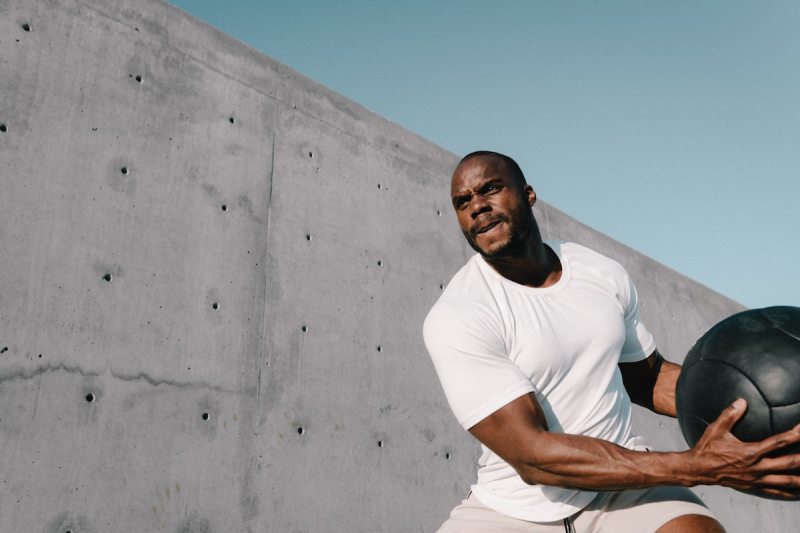
What is an AMRAP workout?
As mentioned earlier, AMRAP is an acronym that stands for “as many reps as possible.” AMRAP workouts consist of anywhere from two or three to a dozen or more exercises typically completed in a circuit, with little to no rest between exercises. Each exercise is usually performed for a set amount of time (such as 30 seconds or one minute) with the goal of completing as many reps as possible during that time.
AMRAP workouts are metabolically demanding, high-intensity workouts with many of the same benefits as HIIT workouts. Accordingly, they usually last anywhere from three to 20 minutes, though advanced athletes may push through a grueling hour. Since intensity is key, however, it’s usually better to keep the time shorter and really push your speed and power.
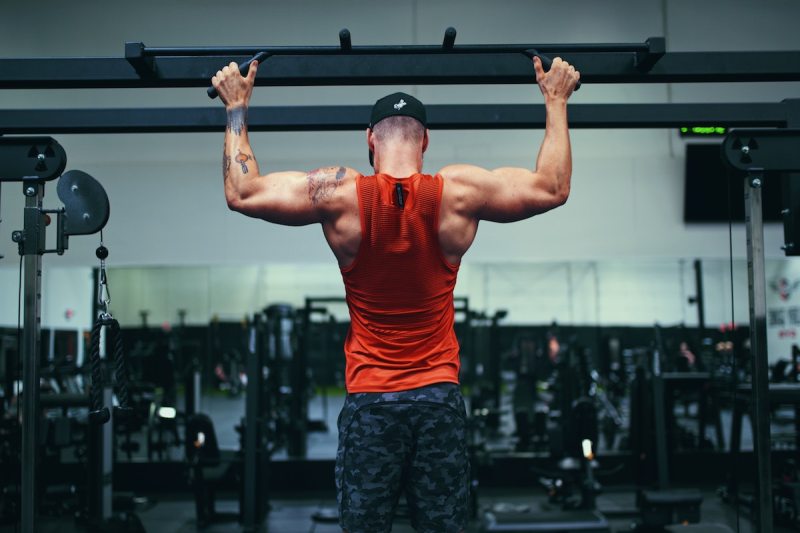
Benefits of AMRAP workouts
The specific AMRAP workout benefits depend somewhat on the exercises performed in the workout. For example, if the AMRAP workout consists of continuous rounds of pull-ups, pushups, and burpees, the workout will strengthen and condition your upper body, back, and chest more than an AMRAP workout cycling between squats, lunges, and box jumps wherein the emphasis is on the lower body. That said, the following are the general benefits of most AMRAP workouts:
- Boosting metabolic rate and increasing excess post-exercise oxygen consumption
- Burning calories in an efficient manner
- Strengthening muscles
- Increasing muscular endurance
- Improving cardiovascular fitness
- Increasing speed
- Increasing power
- Reducing body fat
- Serving as benchmarks for monitoring progress
- Pushing mental limits
- Maximizing time
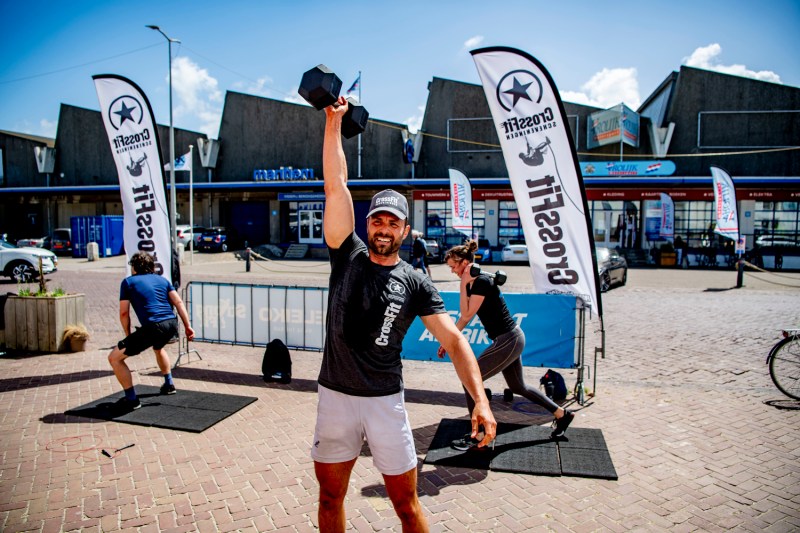
Are AMRAP workouts good for beginners?
While it can be daunting to step into a new gym or start a brand-new
According to Shape magazine, it’s important to begin slowly (don’t go right into a high-intensity workout) and to start with exercises that feel easy to allow you to get used to AMRAP workouts. As you get into form, increase the intensity of the workouts to challenge yourself.
It’s also important to have a plan when starting an AMRAP workout routine. Think of the areas of your body that you want to target and focus on those by finding the exercises that work on those areas. Finally, it’s vital to mix in other forms of workouts along with AMRAP training. This gives your body time to recover while reducing the risk of getting hurt.

Best exercises for AMRAP workouts
While there are no absolute rules when it comes to selecting exercises for an AMRAP workout, as a general rule of thumb, the best exercises for AMRAP workouts are those that you can perform safely with good form and where speed does not impact the effectiveness of the exercise.
Bodyweight exercises like pull-ups, pushups, squats, burpees, jumping jacks, and high-knees sprinting in place work really well because no equipment is necessary (save for a pull-up bar) so the exercises can be transitioned quickly and can be performed anywhere, even without a gym. Like exercises used in HIIT workouts, it’s also best to choose total-body exercises or ones that involve a cardio component to help keep the intensity high. Plyometrics like squat jumps and depth jumps are also great because they spike your heart rate, require no equipment, and emphasize force generation, power, and speed.
Plenty of effective AMRAP workouts rely on resistance bands, dumbbells, kettlebells, or other weights. So long as you can use this equipment safely, it’s perfectly acceptable to use it. However, when doing AMRAP workouts with weights, be sure not to wildly swing the weights or otherwise rely on momentum and gravity to do the work. Doing so can increase the risk of injury and will limit the effectiveness of the exercise.
It’s also advisable to string together exercises using the same equipment if you’re going to use equipment in your workout. For example, if you decide you want to use a kettlebell, build kettlebell AMRAP workouts with rounds of kettlebell swings, kettlebell sumo squats, and kettlebell bent-over rows so that you can efficiently move from one exercise to the next.
Though far from an exhaustive list, below we share some of the best exercises for AMRAP workouts:
Bodyweight exercises
- Jumping jacks
- High knees sprinting in place
- Air squats
- Mountain climbers
- Jump squats
- Jump lunges
- Pistol squats
- Lunges
- Burpees
- Pull-ups
- Bench dips
- Side lunges
- Plank jacks
- Curtesy lunges
- Pushups
- Chin-ups
- Pike pushups
- Diamond pushups
- V-sits
- Pull-ups
- Calf raises
- Tuck jumps
- Box jumps
- Crunches
Kettlebell exercises
- Kettlebell swings
- Cleans
- Snatches
- Squat thrusts
- Lunges
- Split squats
- Figure 8’s
- Bent-over rows
- Squats
- Goblet squats
- Turkish get-ups
Medicine ball exercises
- Russian Twist
- Squats
- Lunges
- Weighted V-sits
- Chops
- Medicine ball slams
Other exercises for AMRAP workouts
- TRX suspended rows
- Chest press
- Woodchop lunges
- Tire slams
- Deadlifts
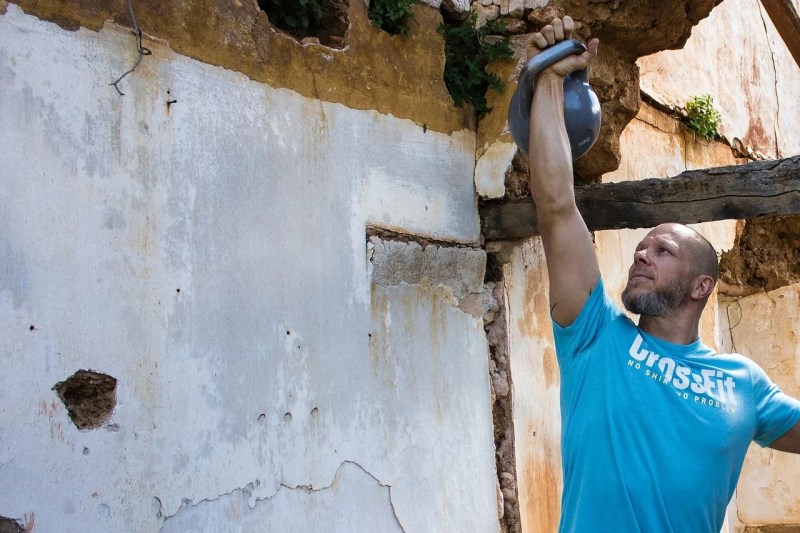
Tips for the best AMRAP workouts
- Be sure to select exercises you can perform with proper form even when moving quickly. Form trumps speed, so it behooves you to slow down a little if necessary to maintain good form. If you tire before the timed interval is over, stop and rest rather than push through with sloppy form.
- If you’re new to AMRAP workouts, start small. Try a 5 to 10-minute workout and build up gradually over time.
- Record your results so that you can monitor your fitness improvements over time.
Editors' Recommendations
- What is zone 2 training anyway?
- How to do skull crushers the right way: The do’s and don’ts you need to know
- How to do lateral raises the right way
- Are you doing hammer curls the right way? Your complete guide
- How long does pre workout last? How to time your pre-gym routine



